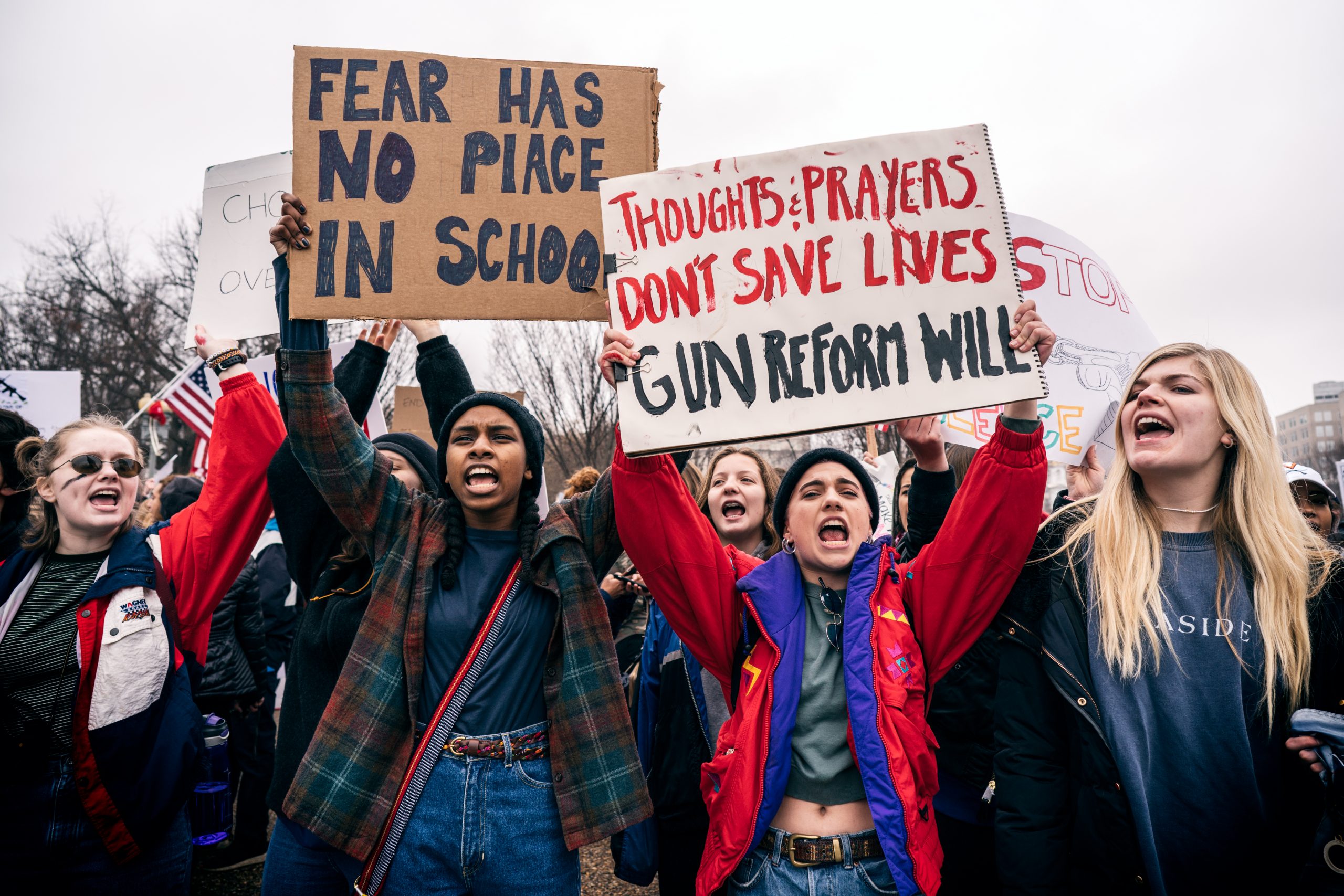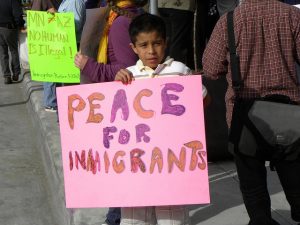1970s: Bronfenbrenner
New World Encyclopedia; Wikimedia contributors; Jaime Ballard; Elizabeth Wieling; Catherine Solheim; and Diana Lang
Bioecological Systems Theory
Urie Bronfenbrenner was one of the first psychologists to adopt a holistic perspective on human development via his Bioecological Systems Theory, which had a widespread influence on the way psychologists and other social scientists approach the study of human beings and their environments.[1]

Bronfenbrenner emphasized the importance of the social environments in which children are raised, and saw the breakdown of the family as the leading cause of the ever-growing rates of alienation, apathy, rebellion, delinquency, and violence among American youth. His work led to new directions in research and the design of programs and policies affecting the well-being of children and families.

Bronfenbrenner’s primary theoretical contribution was his Bioecological Systems Theory, in which he identified four types of nested systems.[2] Bronfenbrenner recognized that is it necessary to understand how not only the family or school influences human development, but how broader influences do as well.
The four systems are:
- Microsystem: Immediate environments such as family, school, peer group, neighborhood, and childcare environments.
- Mesosystem: A system comprised of connections between immediate environments (i.e., a child’s home and school).
- Exosystem: External environmental settings which only indirectly affect development, such as parent’s workplace.
- Macrosystem: The larger cultural context (Eastern vs. Western culture, national economy, political culture, subculture).
Later a fifth system was added:
- Chronosystem: The patterning of environmental events and transitions over the course of life.
Each system contains roles, norms, and rules that can powerfully shape development (See Table 1.). For example, in order to understand the issues a learner is having with math, we can’t simply look at that individual and what challenges they face directly with the subject. We have to look at the interactions that occur between the teacher and the child. Perhaps the teacher needs to make modifications as well. The teacher may be responding to regulations made by the school, such as new expectations for students in math or constraints on time that interferes with the teacher’s ability to instruct. These new demands may be a response to national efforts to promote math and science deemed important by political leaders in response to relations with other countries at a particular time in history.
| Name of System | Description of System |
| Microsystems | Microsystems impact a child directly. These are the people with whom the child interacts such as parents, peers, and teachers. The relationship between individuals and those around them need to be considered. For example, to appreciate what is going on with a student in math, the relationship between the student and teacher should be known. |
| Mesosystems | Mesosystems are interactions between environments closely surrounding the individual. The relationship between parents and schools, for example, will indirectly affect the child. |
| Exosystem | Larger institutions such as the mass media or the healthcare system are referred to as the ecosystem. These have an impact on families, peers, and schools that operate under policies and regulations found in these institutions. |
| Macrosystems | We find cultural values and beliefs at the level of macrosystems. These larger ideals and expectations inform institutions that will ultimately impact the individual. |
| Chronosystem | All of this happens in a historical context referred to as the chronosystem. Cultural values change over time, as do the policies of educational institutions or governments in certain political climates. Development occurs at a point in time. |
According to the Bioecological theory, if the relationships in the immediate microsystem break down, the child will not have the tools to explore other parts of his environment. Children looking for the affirmations that should be present in the child/parent (or child/other important adult) relationship look for attention in inappropriate places. These deficiencies tend to show themselves in adolescence as anti-social behavior, lack of self-discipline, and inability to provide self-direction.[3]
The major assumptions of The (Bio)Ecology of Human Development, have had widespread influence on the way psychologists and other social scientists approach the study of human beings and their environments.[4] It has been said that before Bronfenbrenner, child psychologists studied the child, sociologists examined the family, anthropologists the society, economists the economic framework of the times, and political scientists the political structure.
As a result of Bronfenbrenner’s groundbreaking work in human ecology, these environments, from the family to economic and political structures, have come to be viewed as part of the life course from childhood through adulthood. The “bioecological” approach to human development broke down barriers among the social sciences and built bridges between the disciplines that have allowed findings to emerge about which key elements in the larger social structure, and across societies, are vital for optimal human development.
Application of the Theory: Head Start
Bronfenbrenner played an active role in the design of developmental programs, including being one of the founders of Head Start, the federal child development program. In 1965, his ideas and ability to translate them into operational research models and effective social policies spurred the creation of Head Start. One of the most successful and longest-running programs for stopping the cycle of poverty in the United States, Head Start has provided comprehensive education, health, nutrition, and parent involvement services to low-income children and their families.
Later Years
The following quote from Bronfenbrenner’s obituary highlights the ways his work impacted the world:
“[Bronfenbrenner] spent many of his later years warning that the process that makes human beings human is breaking down as disruptive trends in American society produce ever more chaos in the lives of America’s children. ‘The hectic pace of modern life poses a threat to our children second only to poverty and unemployment,’ he said. ‘We are depriving millions of children—and thereby our country—of their birthright… virtues, such as honesty, responsibility, integrity, and compassion.'”[5]
The Human Ecology Framework

The human ecology framework assumes that families interact within multiple environments that mutually influence each other. These environments include the biophysical (personal variables), the microsystem (the systems in immediate surroundings, such as family, neighborhood, church, work, or school), the mesosystem (the ways in which these immediate systems connect, such as the relationships between family and work), the exosystem (the larger social system, such as the stress of another family member’s job), and the macrosystem (the cultural values and the larger social system, such as immigration policy that influences admission and social system access).[6]
In the context of a refugee family, the family might be influenced by their biophysical (e.g., whether or not members were injured as they fled the persecution), their microsystem (e.g., parental conflict while fleeing), their mesosystem (e.g., teachers and school personnel who are struggling with their own trauma from fleeing conflict and thus their ability to provide robust services is impaired), their exosystem (e.g., local leaders who do not consult with women living in shelters regarding their resources needs and don’t provide feminine hygiene products or children’s toys), and countless other environments.[7] The family may have access to and be able to directly influence their mesosystem and at the same time feel powerless to make changes in the exosystem. Each of these environments will contribute to their coping.

With its focus on interaction within multiple environments, the human ecology framework is an incredibly useful lens to employ cross-cultural contexts such as when considering immigrant families. For example, a researcher could ask, “How do Hmong immigrant families manage financial resources in their new environment in the United States?” and “How did Hmong families manage their financial resources while still living in Laos?” The assumptions and central concepts of human ecology theory would apply equally in either culture. The needs, values, and environment would be sensitively identified within each culture.[8]
Additionally, human ecology theory assumes that families are intentional in their decision-making and that they work toward biological sustenance, economic maintenance, and psychosocial function. As patterns in the social environment are more and more threatening to the family’s quality of life in these three areas, the system will be more and more likely to seek change, possibly by a move to a new country.
The family system has certain needs, including physical needs for resources and interpersonal needs for relationships. If their current situation is not meeting these needs, the family system will engage in management to meet these needs within their value system.
Key Takeaways
- Bioecological Systems Theory—the study of how individual development can be shaped by one’s interactions with the various systems and how an individual can impact the nested systems.
- Five nested systems: Microsystem, Mesosystem, Exosystem, Macrosystem, and Chronosystem.
- Each system contains roles, norms, and rules that can impact human development.
- Head Start educates and provides services to parents and children to address multiple systems and domains of development.
- This chapter is an adaptation of Urie Bronfenbrenner at the New World Encyclopedia, by contributors to Wikimedia, used under a CC BY SA 3.0 license. ↵
- Bronfenbrenner, U. (1989). Ecological systems theory. Annals of Child Development, 6(1), 187-249. ↵
- Addison, J. T. (1992). Urie Bronfenbrenner. Human Ecology, 20(2), 16-20. ↵
- Bronfenbrenner, U. (1981). The ecology of human development: Experiments by nature and design. Harvard University Press. ↵
- Lang, S. S. (2005, September 26). Urie Bronfenbrenner, father of Head Start program and pre-eminent 'human ecologist,' dies at age 88. Cornell Chronicle. https://news.cornell.edu/stories/2005/09/head-start-founder-urie-bronfenbrenner-dies-88. ↵
- Human Ecology Framework is an adaptation of Family Theories: A New Direction for Research with Resettled Populations by Jaime Ballard, Elizabeth Wieling, and Catherine Solheim, used under a CC BY 4.0 license. ↵
- Hoffman, M. A., & Kruczek, T. (2011). A bioecological model of mass trauma: Individual, community, and societal effects. The Counseling Psychologist, 39(8), 1087-1127. https://doi.org/10.1177/0011000010397932. ↵
- Solheim, C. A., & Yang, P. N. D. (2010). Understanding generational differences in financial literacy in Hmong immigrant families. Family and Consumer Sciences Research Journal 38(4), 435-454. ↵

